SCA Presents & ShanghaiTech Colleges
Classical Music Appreciation Events
From Baroque to SHOSTAKOVICH
Baroque music, as an art form, was popular in Europe in the 17th century and reached its peak in the 18th century, and this art style is expressed in music with strong rhythms, leaps, complexities and variety.
However, in the evening of October 28th, SCA Presents and ShanghaiTech Colleges jointly organized the Classical Music Appreciation lecture series, Professor Shouzhi Wang, Associate Dean of the School of Creativity and Art Studies, led the audience to enjoy the music in just 2 hours and successfully enter into the appreciation of classical music. The theme of the event - From Baroque to Classical Music The theme of this event - from Baroque to Shostakovich - as the first of the series, reflects the importance of the College of Creative Arts to art education and the College's concern for the comprehensive quality of students' training.

The lecture was filled to capacity
The "Classical Music Appreciation" lecture series was launched and attracted nearly 200 participants in just one day. In return for the enthusiastic response to the event, the event had a main venue and a branch venue, and at the same time, the webcast gave more people the opportunity to participate. On the day of the event, many audiences came to the site early, and in a short time, both venues were filled with audiences, many of whom even sat on the floor and waited for Professor Shouzhi Wang to start his lecture.
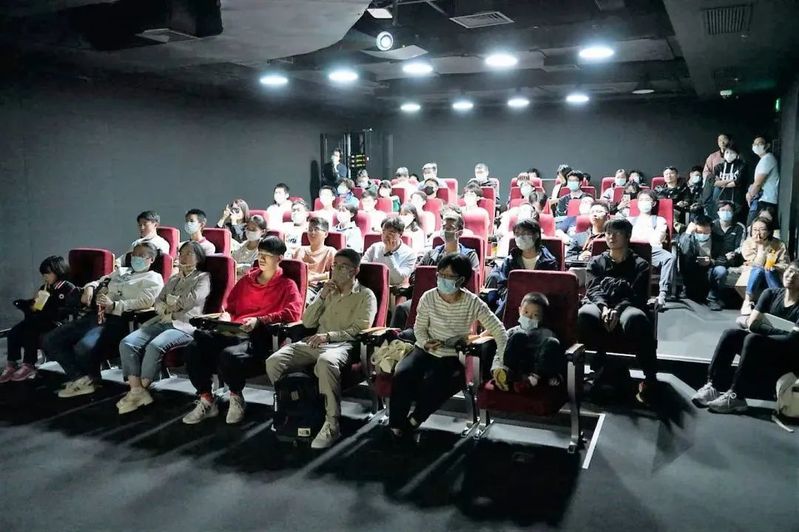
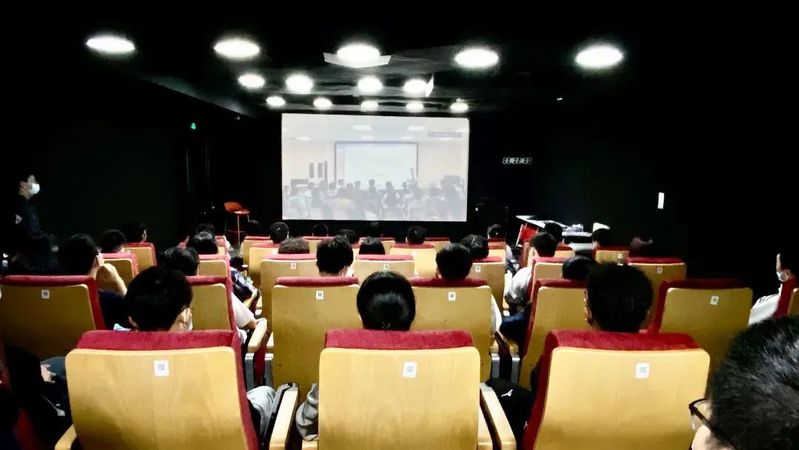
Main Venue and Sessions
Prof. Wang started with the short video "Introduction to Symphony for Young People" and led the audience to appreciate the different timbres of various instruments under the same melody, and the audience's enlightenment of symphony started to sprout like a seed in the melodious and interesting lecture.
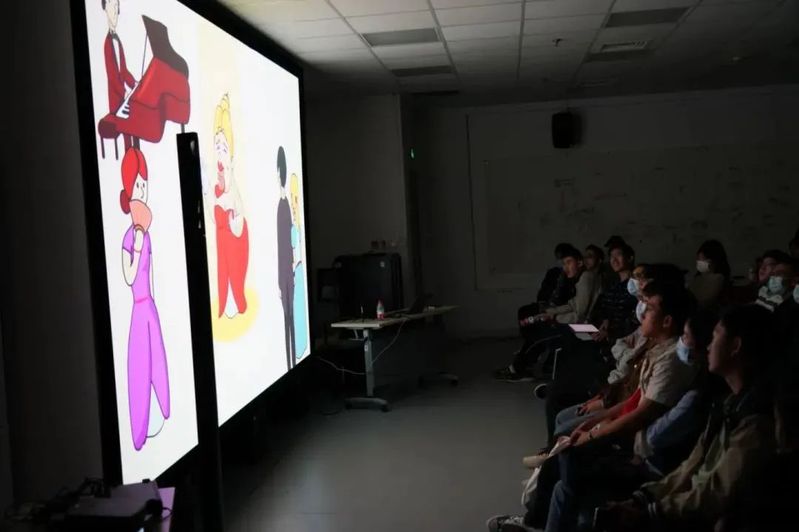
Then, Professor Wang began to explain the composition and preparation of the symphony orchestra, synthesizing the characteristics of polyphony, canon and fugue. Combining with rich video materials, Mr. Wang patiently dismantled the logic behind the complex notes for everyone. Gradually, the audience's understanding of symphonic music went from listening to a hilarious experience to a slight understanding of some doorways. The sense of accomplishment of learning now made every audience member's face smile with happiness of gaining knowledge.
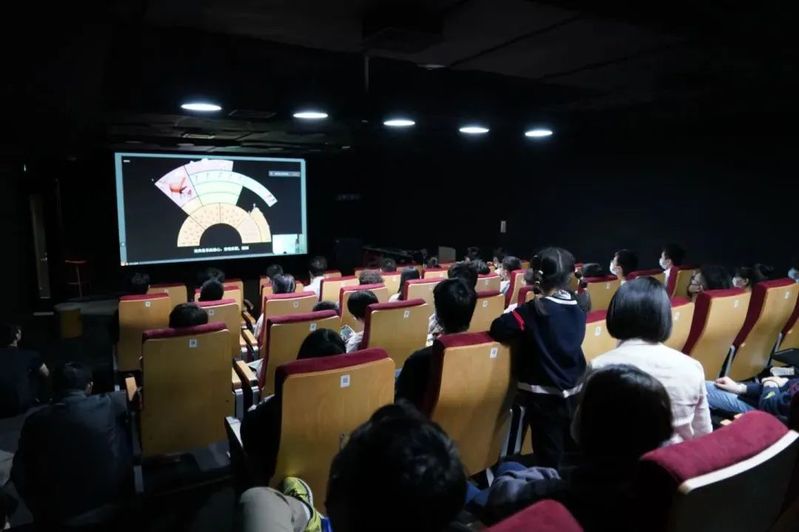
Bach's "Gothenburg Variations" brought the lecture to the first climax. As one of the masterpieces of elegant music, the author of the piece, Bach, interpreted the charm of the Canon Variations with his fabulous composing technique, and under the professional and humorous explanation of Prof. Wang, the uniqueness of the harmonies was shown to the fullest extent, and the audience took the opportunity to enjoy the beauty of the entangled music.
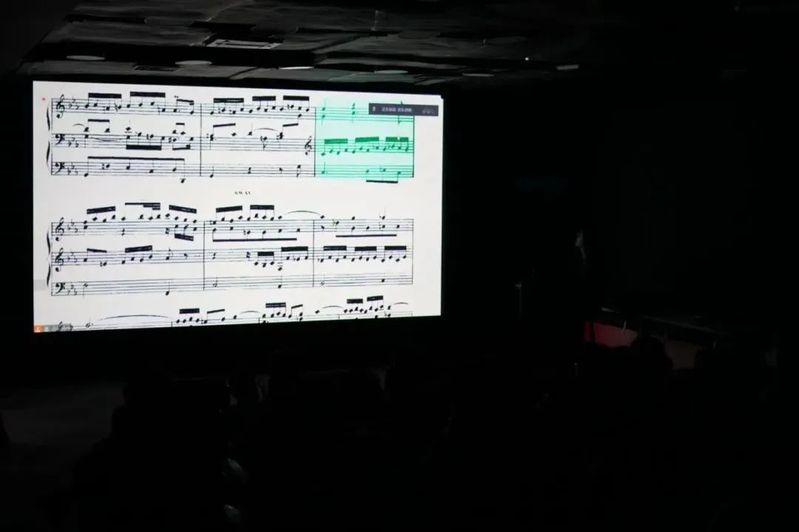
Rich video and audio materials in the lecture
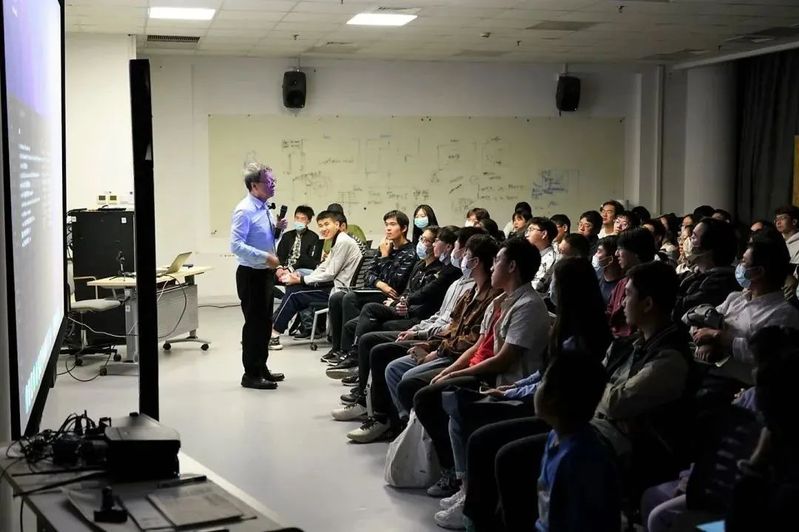
The Passacaglia that follows transports the listener to a different musical world. The alternating upper and lower scales, as well as the systematic changes in the highest notes and stubborn basses, drive the change of atmosphere, thus revealing the mathematical beauty behind the music. The fugue gives the music a new space to show when it should be finished. At this point, Prof. Wang provided guidance for listening, and the listener was reminded to pay attention to the bass hidden behind the gorgeous high notes and to appreciate the interlocking musical effects. I believe that after this, listeners will be willing to open a door for the organ, and I am sure it will also bring listeners extraordinary surprises.

In addition, Prof. Wang also brought Haydn's Trumpet Concerto, in which the visual and auditory senses are intertwined and the music is visualized in front of the audience, and even though the magnificent techniques are used throughout, the accessibility of the court music is not diminished.
At the end of the lecture, Professor Wang brought another musical master to our attention. Taking the passages between the first and second themes of Mozart's "sonata" as a guide, Prof. Wang described the coherence and rhythmic changes that run through them, which are the magic words that link the pieces and herald the coming of the era of musical chaos, and are the key to the transition from baroque to classical music.


